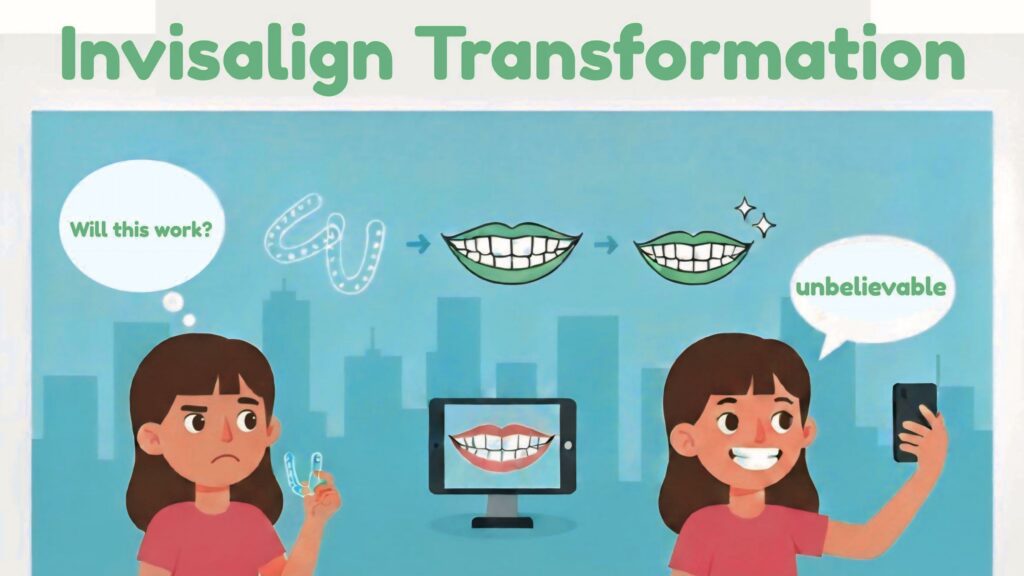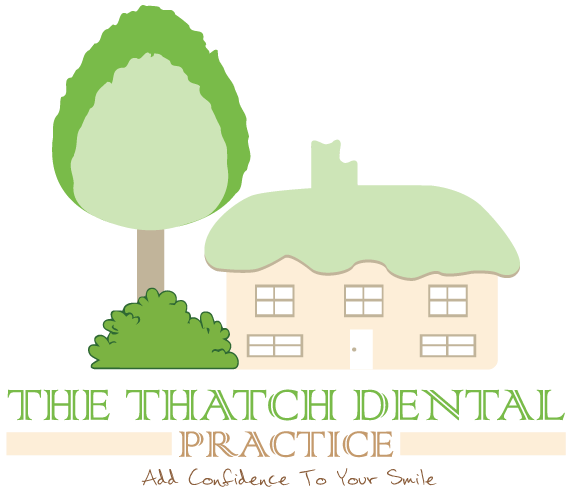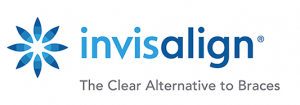
Problem
Crooked or misaligned teeth can affect more than just how your smile looks. They can make it harder to clean between teeth, cause uneven wear, and even lead to jaw discomfort. For many adults and teens, traditional braces feel like a step backward—metal brackets, food restrictions, and frequent adjustments aren’t appealing. That’s where Invisalign comes in.
Millions of people worldwide have turned to Invisalign for a more discreet and flexible way to straighten teeth. According to Align Technology, the makers of Invisalign, over 16 million patients have been treated with these clear aligners since the product’s launch. But before you jump in, it’s important to know what Invisalign involves, what challenges you may face, and what kind of results you can realistically expect.
Agitate
The truth is, Invisalign isn’t a magic solution. While it offers benefits like near invisibility and removable trays, many patients underestimate the discipline it requires. A case study published in the American Journal of Orthodontics and Dentofacial Orthopedics found that patients who wore their aligners less than 18 hours a day were far less likely to achieve their expected results on time. In other words, compliance is key.
If you go into treatment without understanding the process, you may feel frustrated. Some people are surprised by how much responsibility it puts on them, or they get discouraged when the aligners feel uncomfortable during the first few days. Others don’t factor in the costs, refinements, or the reality that treatment may take longer than advertised.
To avoid those pitfalls, here are five things you should know before getting Invisalign.
Solution: Five Things to Know Before Getting Invisalign
1. Invisalign Requires Consistent Wear—22 Hours a Day
Invisalign aligners only work if you wear them consistently. Most orthodontists recommend at least 20–22 hours a day. That means you should only take them out for eating, drinking anything other than water, and brushing your teeth.
A 2021 study from the Journal of Clinical Medicine showed that patients who wore their aligners for the recommended 22 hours had significantly better results compared to those who averaged fewer than 20 hours. Skipping even a few hours a day may extend your treatment by weeks or months.
This is one of the biggest differences compared to braces. With braces, you don’t have a choice—they’re glued on. With Invisalign, the responsibility is on you. If you’re not disciplined about wearing them, the trays simply won’t move your teeth as planned.
2. Treatment Length Can Vary
When Invisalign first became popular, many ads suggested treatment could be completed in “just six months.” While that’s true for some minor cases, most people take longer. According to Align Technology data, the average treatment time is 12–18 months, depending on the complexity of tooth movement.
For example, a 2019 case study in the Journal of Orthodontics looked at adult patients with moderate crowding. The average time for noticeable improvement was about 14 months, and refinements (extra aligners after the main set) were often required to fine-tune results.
This means you should be prepared for the possibility that your treatment might not end exactly when first projected. Orthodontists often build in “refinement phases” because teeth don’t always move as predicted. Being realistic about this timeline will help avoid disappointment.
3. Invisalign Isn’t Completely Pain-Free
One common selling point is that Invisalign is “comfortable” compared to braces. While it’s true there are no wires or brackets to irritate your mouth, you should expect some discomfort. Each time you switch to a new set of aligners—usually every 1–2 weeks—you may feel pressure or soreness for a few days.
This pressure means the aligners are working. A study published in the Angle Orthodontist Journal reported that 70% of patients experienced mild to moderate discomfort during the first three days of a new aligner. However, most reported that the pain was manageable with over-the-counter pain relief and generally subsided within a week.
The key takeaway is that Invisalign is not painful in the same way as braces with tightened wires, but you should prepare for some discomfort, especially early in treatment.
4. Oral Hygiene Becomes Even More Important
Because Invisalign trays are worn almost all day, your teeth are covered more than they would be with braces. This creates an environment where bacteria and plaque can build up faster if you don’t stay disciplined about oral hygiene.
You’ll need to brush and floss after every meal before reinserting your aligners. If you don’t, food particles trapped inside can cause cavities, bad breath, or staining of the aligners. A study published in BMC Oral Health found that patients with poor compliance in cleaning aligners and teeth showed higher plaque levels compared to those who followed hygiene instructions strictly.
The takeaway? Carry a travel toothbrush and floss picks with you. Skipping a quick clean-up after lunch or coffee might not seem like a big deal, but over months of treatment, it can have a real impact on your dental health.
5. The Cost Can Be Higher Than You Expect
Invisalign is usually more expensive than traditional braces. In the UK, for example, average treatment costs range from £3,000 to £5,500, depending on case complexity and clinic location. In the US, the average is between $3,500 and $8,000.
It’s also worth noting that refinements—extra sets of aligners needed to complete your treatment—may add to the cost if they aren’t included in your initial package. Some clinics cover refinements for free, while others charge additional fees.
A 2020 survey by the American Association of Orthodontists found that nearly 45% of Invisalign patients required refinements. That means you should ask your orthodontist up front about what’s included in your quoted price. Otherwise, you may face surprise costs down the line.
Bringing It All Together
Invisalign has helped millions of people achieve straighter teeth without the visibility of braces. But it’s not a shortcut or a one-size-fits-all fix. You’ll need discipline to wear the trays as instructed, patience to get through possible refinements, and commitment to maintaining excellent oral hygiene.
By keeping these five points in mind—consistent wear, realistic timelines, expected discomfort, strict hygiene, and financial planning—you’ll go into treatment with your eyes open. That mindset makes it more likely you’ll stay motivated and achieve the smile you’re aiming for.
If you’re seriously considering Invisalign, the next step is to consult a certified Invisalign provider. They’ll assess your case, show you a digital treatment simulation, and outline a personalized plan. Going in informed is the best way to make sure your investment pays off with the results you want.







